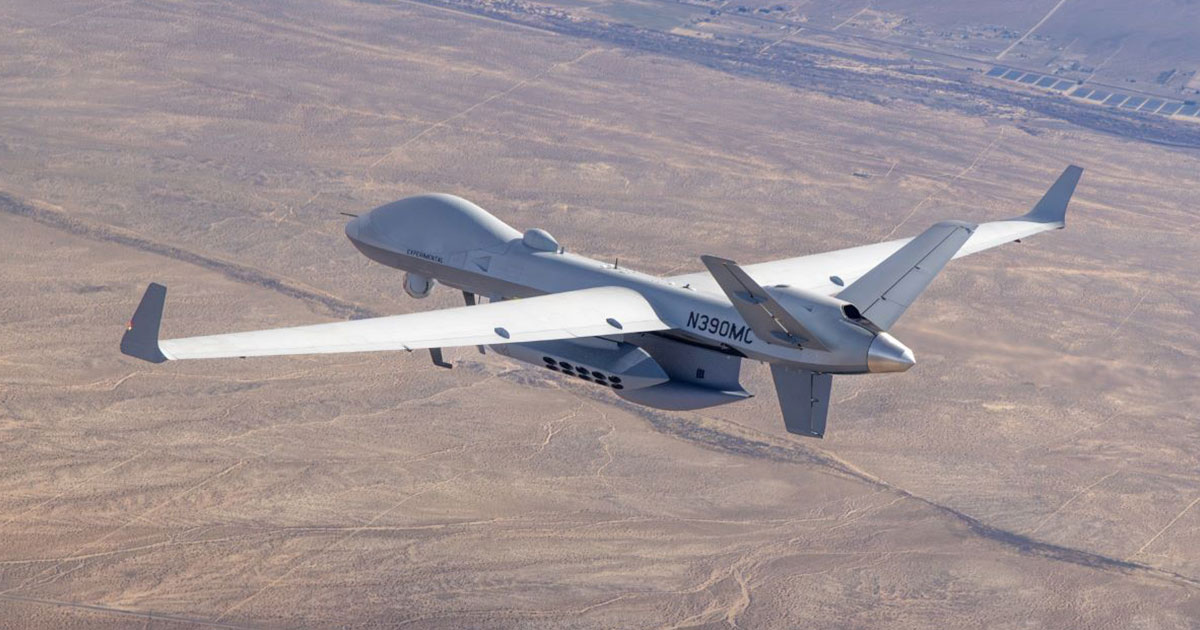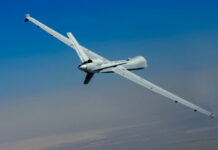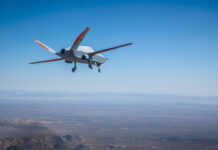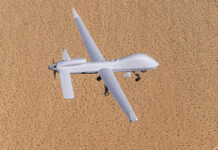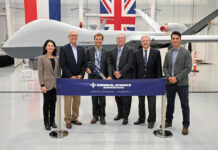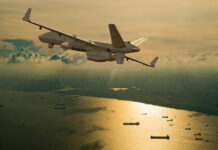General Atomics Aeronautical Systems Inc (GA-ASI), in co-operation with US Naval Air Systems Command (NAVAIR), has conducted a series of tests with its Sonobuoy Dispensing System (SDS) using the MQ-9B SeaGuardian unmanned aircraft vehicle (UAV), GA-ASI announced on 20 March 2024.
The tests, conducted on 27 February 2024 on the US Navy’s W-291 test range in southern California, involved a GA-ASI SeaGuardian configured with the SDS pod and a SeaVue multi-role radar from Raytheon. The SeaGuardian was flown under a NAVAIR interim flight clearance.
During the tests the SDS pod dropped eight AN/SSQ-53 and two AN/SSQ-62 sonobuoys. Upon dispensing, the sonobuoys were successfully monitored by the SeaGuardian’s onboard Sonobuoy Monitoring and Control System (SMCS).
“This was a very successful demonstration of our SDS capability,” GA-ASI President David R Alexander was quoted as saying in a company press release. “The demonstration helped us prove out the SDS, which is an important component for our anti-submarine warfare capability.”
The SDS pod is fitted with an advanced pneumatic ejection system developed, designed, and manufactured by AEREA in Italy. AEREA also supplies the internal structure assembly.
The MQ-9B SeaGuardian is a medium-altitude, long-endurance UAV. Its multi-domain capabilities allow it to flex from mission to mission. SeaGuardian has been used by the US military in several recent demonstrations, including the ‘Northern Edge’, ‘Integrated Battle Problem’ and ‘Group Sail’ exercises.
The MQ-9B is currently also being operated by the Japan Coast Guard and the Japan Maritime Self-Defense Force.



